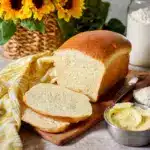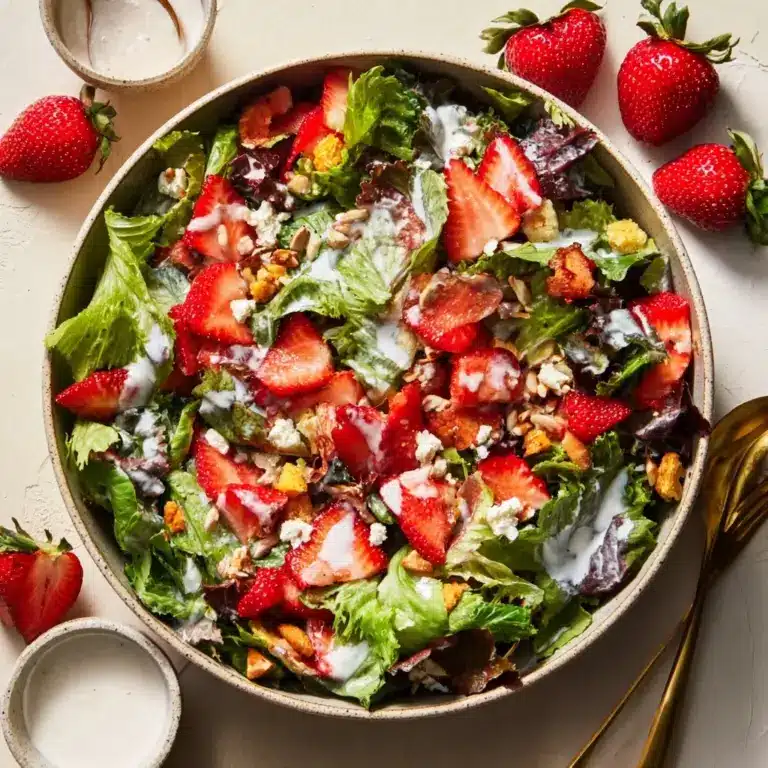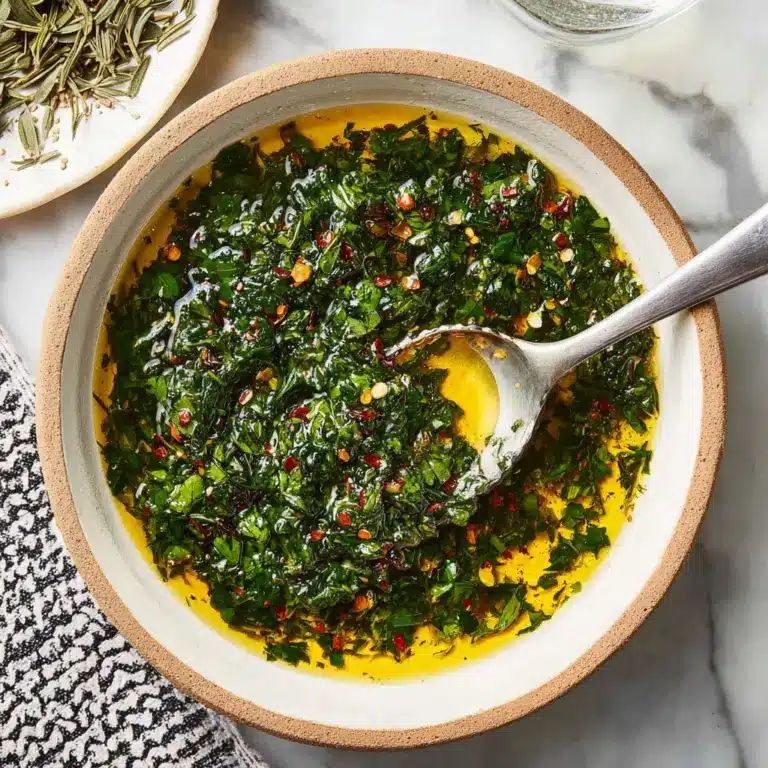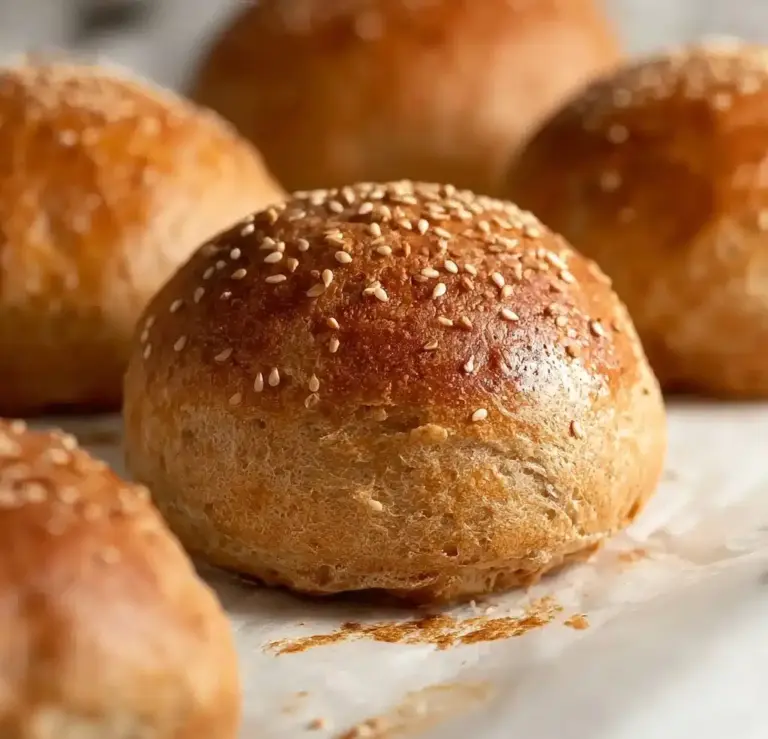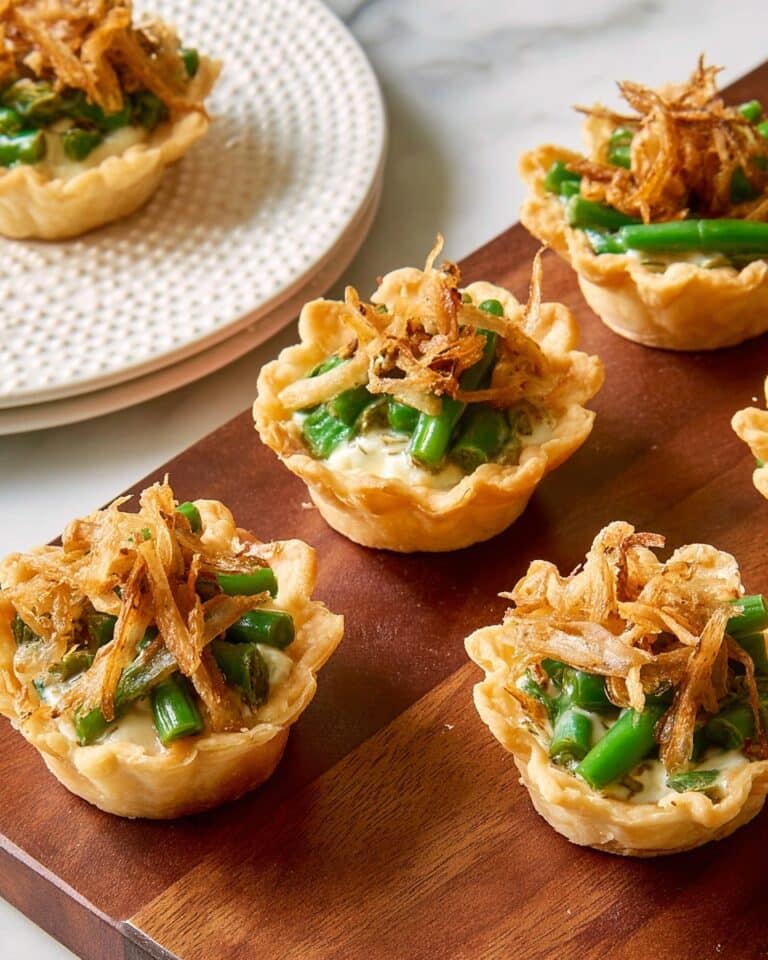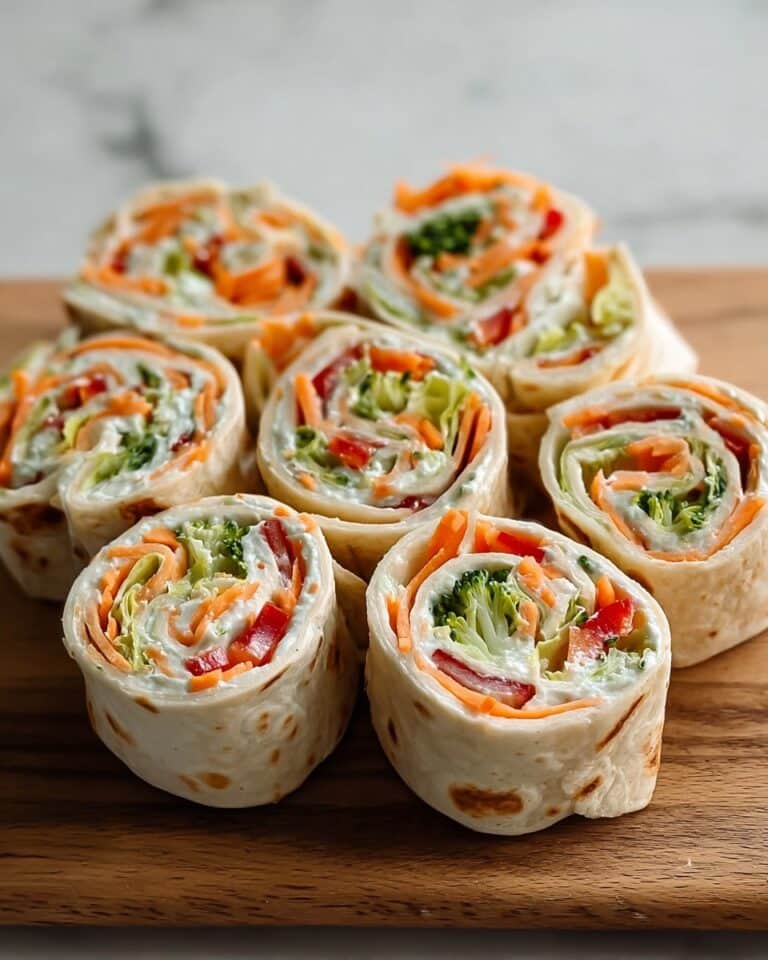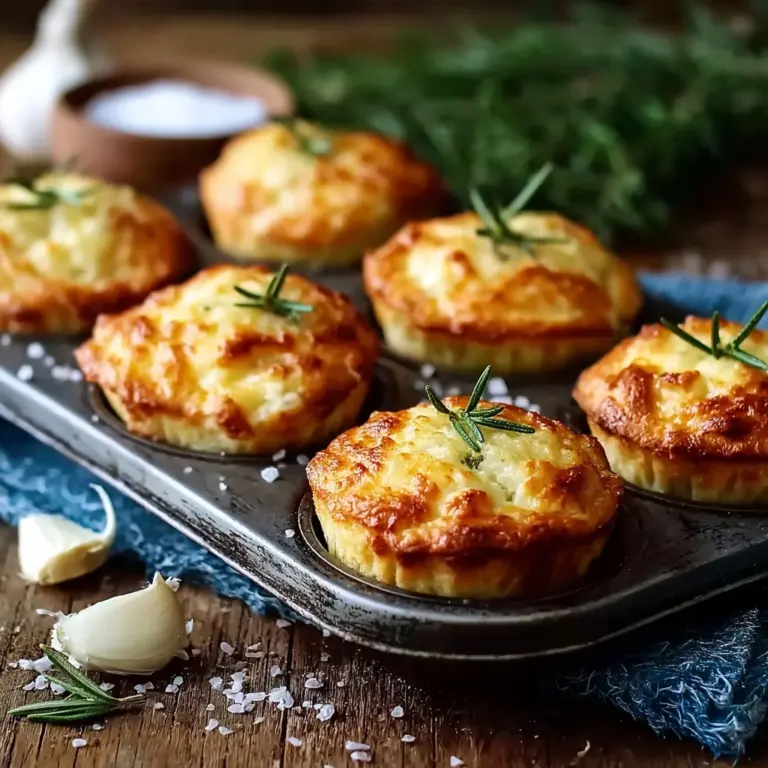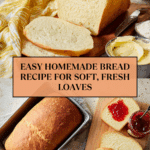Homemade Bread Recipe
If you have ever dreamed of filling your home with the irresistible aroma of freshly baked bread, this Homemade Bread Recipe is exactly what you need. It’s a beautifully simple, hands-on way to create golden, soft loaves that boast a perfect crust and tender crumb. Every slice carries the warmth and flavor that only homemade bread can provide, making it a real joy to share with family and friends. Whether you’re a novice or a seasoned baker, this recipe welcomes you with open arms and delivers consistently delicious results that will have you craving your next baking day before this one is even finished.

Ingredients You’ll Need
The beauty of this Homemade Bread Recipe lies in its simplicity. Each ingredient plays a crucial role: yeast ignites fermentation for rise, sugar feeds the yeast and adds just a touch of sweetness, salt balances flavors, oil keeps the crumb tender, and bread flour provides the structure and chewiness that makes this bread so satisfying.
- 2¼ teaspoons active dry yeast: This is your bread’s lifting agent, bringing it to life with airiness and lightness.
- 2¼ cups warm water: Just the right temperature to wake up the yeast without killing it.
- ¼ cup sugar plus 1 pinch: Feeds the yeast for a lively rise and enhances subtle sweetness.
- 1 tablespoon salt: Essential for flavor and controls yeast activity for a balanced dough.
- 2 tablespoons vegetable oil: Adds softness and richness to the bread’s texture.
- 5½ – 6½ cups bread flour: High protein flour for a perfect chewy crust and tender crumb.
- Butter for topping (optional): Provides a golden, flavorful finish once baked.
How to Make Homemade Bread Recipe
Step 1: Activate the Yeast
Begin by dissolving the yeast in warm water with a pinch of sugar in a large bowl or stand mixer bowl. This step is magical; as the mixture becomes bubbly and foamy, you’ll know your yeast is alive and ready to work its magic. It’s the foundation of your loaf’s perfect rise.
Step 2: Combine the Basics
Once your yeast is active, stir in the sugar, salt, oil, and 4 cups of bread flour. Mix everything until it’s smooth and starting to come together as dough. This simple blend brings balance – sugar and salt for flavor, oil for tenderness, and flour setting the stage for structure.
Step 3: Work in the Remaining Flour
Add the remaining flour gradually, about half a cup at a time, until your dough is soft and just slightly sticky to the touch. Knead it by hand or with your mixer for 5 to 7 minutes until the dough feels smooth and supple. This kneading develops the gluten, creating that classic bread chew.
Step 4: First Rise – Let It Bloom
Lightly oil a large bowl, place your dough ball inside, and turn it over to coat with oil. Cover the bowl with plastic wrap and let it rest for about an hour. Patience here is key; the dough will double in size and become wonderfully airy, setting you up for a light, fluffy loaf.
Step 5: Shape the Loaves
After rising, gently punch down the dough to release trapped air, then divide it in half. Roll each piece into an 8-inch-wide rectangle, then tightly roll from the short edge into a cylinder shape. This rolled shape gives you classic loaves with a soft, even crumb.
Step 6: Second Rise
Place the shaped dough seam-side down in greased bread pans, cover again with plastic wrap, and let the dough rise for another hour. This final proofing ensures your bread will be light and perfectly puffed, rising just ½ to 1 inch above the pans.
Step 7: Bake to Golden Perfection
Preheat your oven to 375 degrees Fahrenheit. Bake the loaves for 30 to 35 minutes until golden brown and they sound hollow when tapped on the bottom. For an extra special touch, brush the tops with melted butter when right out of the oven to add a soft shine and rich flavor.
How to Serve Homemade Bread Recipe
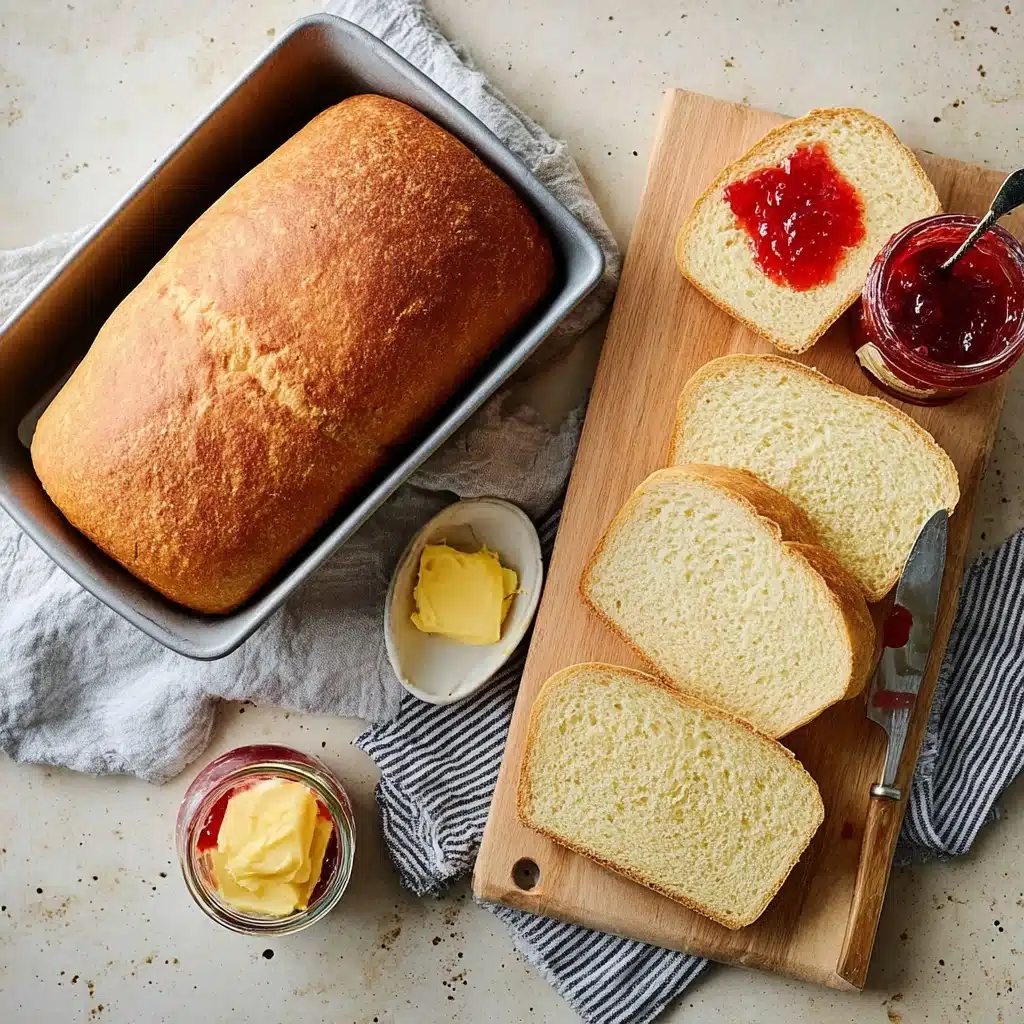
Garnishes
Freshly baked bread is a versatile canvas. A generous spread of creamy butter, a sprinkle of flaky sea salt, or even a touch of your favorite herb butter can elevate every bite. These little garnishes bring out the bread’s warm flavors wonderfully and add a cozy homey feel.
Side Dishes
This Homemade Bread Recipe pairs beautifully with countless dishes. Think comforting soups, hearty stews, or fresh salads. Its soft texture and crusty exterior are perfect for mopping up sauces or layering alongside cheeses and charcuterie.
Creative Ways to Present
Try slicing your homemade loaves thick for towering sandwiches or cut them into cubes and toast for scrumptious croutons. Serving small open-faced toasts with avocado or ricotta is an easy way to turn your bread into an elegant appetizer everyone will love.
Make Ahead and Storage
Storing Leftovers
Once completely cooled, store your bread in a paper bag or bread box at room temperature to maintain crust crispness while keeping the inside soft. It’s best enjoyed within 2 to 3 days but still delicious beyond if stored properly.
Freezing
To keep your homemade bread fresh longer, slice and freeze it in an airtight container or freezer bag. This way, you can thaw only what you need without sacrificing quality, and quickly bring it back to life whenever the bread craving strikes.
Reheating
Reheat slices in a toaster or warm whole loaves in the oven wrapped loosely in foil at 350 degrees Fahrenheit for 10-15 minutes. Adding a little water to a pan in the oven can even help refresh a slightly stale loaf by restoring moisture and softness.
FAQs
Can I use all-purpose flour instead of bread flour?
While bread flour is preferred for its higher protein, which gives better structure and chewiness, you can substitute all-purpose flour. Just expect a slightly softer crumb and less rise. Adjustments in kneading time might be needed.
How do I know when the yeast is active?
Active yeast will foam and bubble within 5 to 10 minutes when combined with warm water and sugar. If nothing happens, your yeast might be old or the water too hot or cold, so start again for the best results.
Can I make this dough by hand instead of using a mixer?
Absolutely! Kneading by hand is a wonderful way to connect with the bread-making process. It might take a bit longer to develop gluten, but you’ll get great results and a satisfying workout.
What is the purpose of the two rising times?
The first rise allows the yeast to produce gas and flavor while expanding the dough. The second rise, after shaping, helps the bread develop its final texture and volume before baking for that perfect loaf.
Is it okay to skip the butter topping?
Yes, skipping the butter won’t harm your bread’s texture or flavor, but brushing melted butter when warm gives a beautiful golden sheen and enriches the crust with added flavor.
Final Thoughts
Once you try this Homemade Bread Recipe, you’ll discover how truly rewarding homemade bread can be. It’s a timeless tradition that fills your home with warmth and delight, and the taste is simply unbeatable. So grab your ingredients, roll up your sleeves, and enjoy the wonderful experience of baking bread straight from your own kitchen!
PrintHomemade Bread Recipe
This homemade bread recipe yields two soft, golden loaves with a slightly crispy crust and tender crumb. Perfect for sandwiches, toast, or enjoying plain with butter, this easy-to-follow method uses simple ingredients and involves two rises for ideal texture and flavor.
- Prep Time: 20 minutes
- Cook Time: 35 minutes
- Total Time: 2 hours 55 minutes
- Yield: 2 loaves 1x
- Category: Bread
- Method: Baking
- Cuisine: American
- Diet: Vegetarian
Ingredients
Yeast Mixture
- 2¼ teaspoons active dry yeast (1 packet)
- 2¼ cups warm water
- 1 pinch sugar
Dough
- ¼ cup sugar
- 1 tablespoon salt
- 2 tablespoons vegetable oil
- 5½ – 6½ cups bread flour
Topping (Optional)
- Butter for topping
Instructions
- Activate Yeast: In a large bowl or the stand mixer bowl, dissolve the yeast in warm water with a pinch of sugar. Allow the mixture to become bubbly and foamy, indicating the yeast is active.
- Mix Dough: Add the ¼ cup sugar, salt, vegetable oil, and 4 cups of bread flour to the yeast mixture. Mix until smooth and incorporated.
- Add Remaining Flour & Knead: Gradually add the remaining flour, ½ cup at a time, until the dough forms a soft, smooth ball that sticks only slightly to your finger. Knead the dough for 5-7 minutes until smooth and elastic.
- First Rise: Place the dough in an oiled bowl, turning it once to coat with oil. Cover with plastic wrap and let rise for 1 hour or until doubled in size.
- Shape Loaves: Punch down the risen dough gently and divide in half. Roll each piece into a long rectangle about 8 inches wide. Starting at the short edge, roll the dough up into a cylinder approximately 8 inches wide.
- Second Rise: Place each cylinder seam side down into lightly greased bread pans. Cover with plastic wrap and let rise for another hour, until dough rises ½ to 1 inch above the top of the pan.
- Bake: Preheat the oven to 375°F (190°C). Bake the loaves for 30-35 minutes, or until golden brown and hollow sounding when tapped on the bottom.
- Cool & Serve: Optionally brush the tops with melted butter for extra flavor and shine. Remove breads from pans and cool on a rack before slicing.
Notes
- For best results, use bread flour to achieve a chewier texture and better rise.
- Water should be warm (about 110°F or 43°C) to activate yeast without killing it.
- If the dough feels too sticky, add flour gradually, but avoid adding too much to keep bread soft.
- You can substitute vegetable oil with olive oil for a different flavor profile.
- Ensure dough is covered during rises to prevent drying out.
- Check bread doneness by tapping the bottom to hear a hollow sound.
- Store leftover bread wrapped in a clean towel or airtight container at room temperature for up to 3 days.
Nutrition
- Serving Size: 1 slice (1/16 of a loaf)
- Calories: 120
- Sugar: 2g
- Sodium: 170mg
- Fat: 1.5g
- Saturated Fat: 0.2g
- Unsaturated Fat: 1.3g
- Trans Fat: 0g
- Carbohydrates: 24g
- Fiber: 1g
- Protein: 4g
- Cholesterol: 0mg
Keywords: homemade bread, bread recipe, yeast bread, soft bread, basic bread recipe

